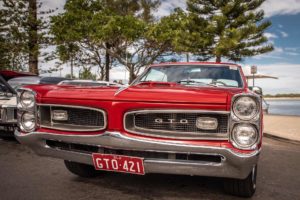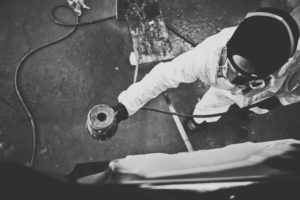Which type of Quarter Panel do you need?
Posted on: May 15, 2020 in Tech Tips
With so many reproduction options on the market, knowing exactly what you need to repair or replace your sheet metal will save time and money! Learn the difference between full, skins and patch panels. Get it right the first time.
Full Quarter Panel is made just like the panels that are welded to your car when it was first produced. These panels reach all the way to each edge of the rear quarter panel area, including the trunk and door edges, and reach to the roof line. just like the factory-original panels did for your particular model. For Dodges and Plymouths, the door jamb was never part of the original quarter panels.
Quarter Skins are nearly as large as “Full Quarter Panels”, but do not include any trunk lips or said panel. They cover only the side of the quarter panel, and reach upward to approximately the location where the bottom of original vinyl roofs would normally be. Keep in mind that while “Quarter Skins” initially cost less than “Full Quarter panels”, it often takes more labor to install them. So if keeping your costs down is the only reason that you might select “Quarter Skins” over “Full Quarter Panels” you should be aware that the final net cost might not represent much of a savings. Also, “Quarter Skins” do require a lip to weld to – all the way around the edge. This makes them a poor choice for badly rusted out cars or collision damage, since there is often no bottom edge remaining to weld to. In this case, you are better off choosing “Full Quarter Panels” and adding outer wheel houses to complete replace the rust.
Quarter Patches are just what they sound like. Small pieces of quarter panels for repairing small holes in isolated areas. These are good choices for nearly perfect cars with tiny holes in specific spots or for low-budget “driver” cars. Yet it can be very difficult to hide the seam areas where the patches are welded to the original panels.
Related Articles

Classic Car tips for storing your car
Freezing temperatures naturally dictate that anti-freeze be used. But even if it’s not freezing, put it in. Many of the […]

Body Panel Sheet Metal Tooling Information
A Word About Sheet Metal ToolingThe act of stamping flat sheets of steel into the complex shapes that make up […]

What Does GM, Ford or Mopar Licensed Restoration Parts Mean?
Licensed restoration parts for cars and trucks are dedicated to manufacturing the highest quality products offered in the restoration industry […]
